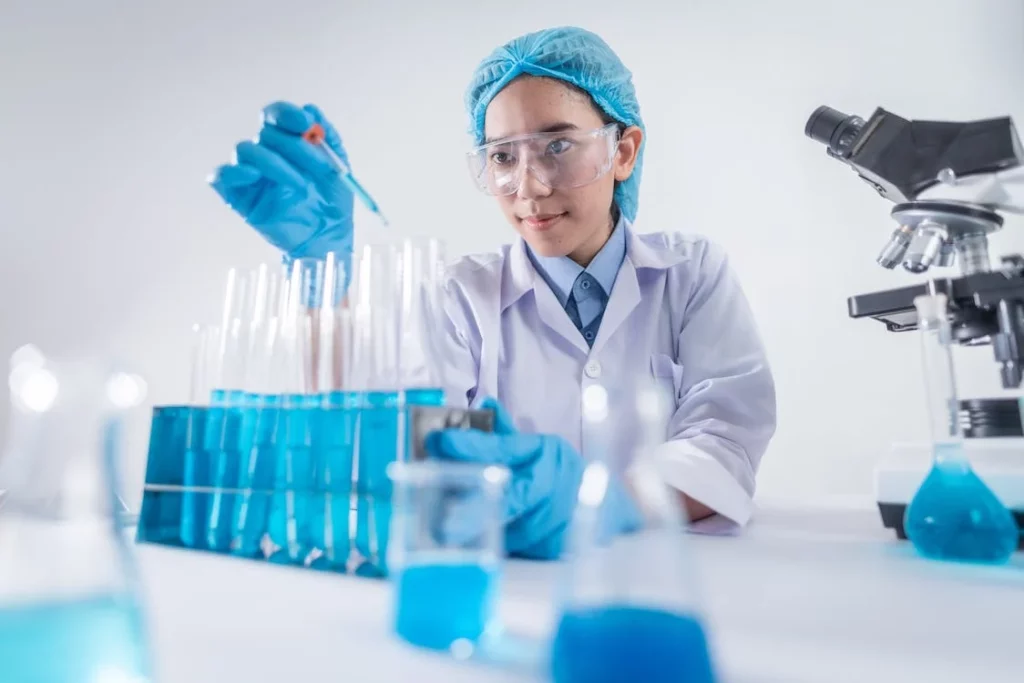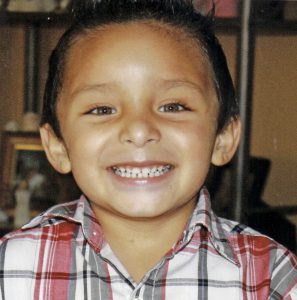In recent years, women have been dominating the field of Forensic science. Forensic science can be best described as the application of science to the law. Forensics is the examination and analysis of evidence from crime scenes. This process could result in objective findings that assist in the prosecution of perpetrators of crime or absolve an innocent person from suspicion. It’s important to highlight the fundamentals of forensics and some of the women who made a difference in the field.
Dr. Frances Gertrude McGill was Canada’s first female forensic pathologist and a pioneer in the field. In 1922, she was appointed director of the Provincial Laboratory. This position included investigating suspicious deaths while applying forensic techniques. While collaborating with police and the Royal Canadian Mounted Police, Dr. McGill performed autopsies and evidence preservation across Saskatchewan. If unable to arrive by car, she would travel by horseback, dogsled, floatplane or snowmobile to remote locations. Later in her career, Dr. McGill became a temporary Director of the RCMP’s forensic laboratory. She lectured and trained police officers and detectives in medical jurisprudence, pathology and toxicology.1

Forensic science has grown and improved as new technology has developed. During its infancy, different methods were constantly being utilized to help with crime solving. One method used is the Nutshell Studies of Unexplained Death. These were nineteen skillfully crafted dioramas that exhibit real crime scenes with incredible amounts of detail. The purpose of these dioramas was to challenge the abilities of observation and deduction of forensic trainees. This method is still utilized today in training seminars at the Office of the Chief Medical Examiner in Baltimore.
The Nutshell Studies of Unexplained Death was crafted by Frances Glessner Lee. The dioramas were based on actual crime scenes that Glessner visited. Also known as the “Mother of Forensic Science,” Glessner was the first woman to be promoted to police captain. With her inheritance, she funded the Department of Legal Medicine at Harvard. Her passion for forensic investigation led her to establish the Harvard Associates in Police Science.2

Another early contributor to forensics is Dr. Mildred Trotter. Dr. Trotter was an anatomist and physical anthropologist. Her bone studies helped promote forensic anthropology. In 1952, Dr. Trotter formulated a method for using bone length to estimate the height of the body it came from. This method has proven to be useful for forensic experts.3

Decades later, DNA profiling was introduced by British geneticist Alec J. Jeffreys in 1984.4 This caused a surge of interest in forensic science. Law enforcement had a more effective method for analyzing evidence. New technology caused new innovation. As time went on, forensics branched out and developed specializations. These specialized fields can include ballistics, handwriting, blood, narcotics, and many others.
Forensics is most commonly introduced through media. TV shows have been developed to depict a dramatization of criminal acts in an exciting and action-packed mystery format. Though many enjoy this for the stories and climax, many young girls find inspiration from the lead, female detectives. An example would be Temperance Brennan from the crime drama “Bones.” Brennan is described as an intelligent forensic scientist who solves criminal cases with the FBI. These depictions of smart, powerful women inspire young women to pursue similar careers.
All of the recent forensic media has caused an influx of college students who wish to study forensic science. Women around the world began acquiring forensic careers. Amidst all STEM fields, only in forensic science programs is there a majority in female graduates. According to Zippia, 56.9 percent of forensic scientists are female. Even though the majority of forensic scientists are female, women still earn 95 cents for every dollar earned by a man. Most women hold positions of forensic technicians, and men hold supervisor titles.5
The Association of Women in Forensic Science was established in 2010. AWIFS provides networking opportunities and support for female forensic professionals, teenagers, and college students. AWIFS is led by forensic experts who focus on education, violence, and drug prevention. Another organization that promotes women in forensics is the Worldwide Association of Women Forensic Experts. WAWFE aims to connect women working worldwide in different forensic fields and in public or private institutions. February 11th is dedicated to International Day of Women and Girls in Science. This day is meant to strengthen the ties between science, policy, and society.6 There are many women making progress in this aspect of the field globally. Dr. Hafsa Salameh was selected in 2013 by the Ministry of Justice to join the National Centre for Forensic Medicine. She would later become the first female forensic doctor in Palestine. Dr. Salameh is fueled by her desire to encourage women to fight for their rights against sexual and gender-based violence.7
A problem that burdens forensics is the fact that many forensic labs are underfunded, understaffed, and have a lack of concise standards for analyzing and reporting on evidence. Evidence is generated faster than it can be processed in some places. Major reforms and new research must be conducted to amend these issues.8 It is up to the federal government to fund the research necessary for this advancement. These faults reflect poorly on the field and cause strain on the quality and credibility all together.9
The field of forensics has developed into an admirable and competitive career to pursue. Women have overcome the hurdle entering a STEM field and now outnumber the men. As a Forensic science college student, I have witnessed this firsthand in all my classes. The current issues are holding the field back from further development. With the recent rise of college students seeking a forensics degree, I believe that more advocates will speak out as a result. More professionals entering the field means more attention, more research, and more reliability in the field that thousands have already dedicated their lives to.
- Butts, Edward. “Frances Gertrude McGill.” The Canadian Encyclopedia. Historica Canada. Article published June 20, 2022. ↵
- “Frances Glessner Lee (1878–1962).” National Library of Medicine, June 5, 2014. ↵
- “Mildred Trotter .” Encyclopedia of World Biography, Encyclopedia.com. (April 12, 2023). ↵
- Harbison, Corey, “Alec John Jeffreys (1950–)”. Embryo Project Encyclopedia (2017-06-15). ISSN: 1940-5030 http://embryo.asu.edu/handle/10776/11698. ↵
- “Forensic Science Demographic and Statistics in the US.” Zippia, September 9, 2022. ↵
- “International Day of Women and Girls in Science.” United Nations, Accessed April 2, 2023. ↵
- Barbaro, Anna. “Women in Forensics: An International Overview.” Forensic Science International: Synergy 1 (December 31, 2018): 137–39. https://doi.org/10.1016/j.fsisyn.2019.06.047. ↵
- Coyle, Marcia. “National report finds forensic science labs underfunded, understaffed and without proper oversight.” National Law Journal, February 19, 2009. ↵
- Gabel, Jessica D. “Realizing Reliability in Forensic Science From the Ground Up.” Journal of Criminal Law & Criminology 104, no. 2 (March 21, 2014): 283–352. https://dialnet.unirioja.es/servlet/articulo?codigo=4751815. ↵



3 comments
Sudura Zakir
Impressive article women in forensics and I liked all of your images. I appreciate your context and depth research on this topic. Women made great discoveries in the history of the forensic world. Women are shut down and not given much importance in forensic science. But you mentioned discoveries in this field with strong proof of it. DNA profiling and bone study inventors are mentioned here. I never went deep into the forensic science field before. Great work on your writing.
Christian Lopez
For a field that has very few notable woman throughout its history its great to see use highlighting those that truly made groundbreaking discoveries in the field. Showing the amazing work that can be done by woman in these types of fields is important for the future generation.
Marissa Rendon
What an excellent well written article this is! I have always been intrigued by forensic science, let alone forensic science in women. I enjoyed reading about majority of women being in forensic science, I feel as women are always shut down when it comes to women wanting to into science. The Association of Women in Forensic Science was established in 2010 and reading about this organization and how it came to be was interesting. I truly enjoyed this educational article.